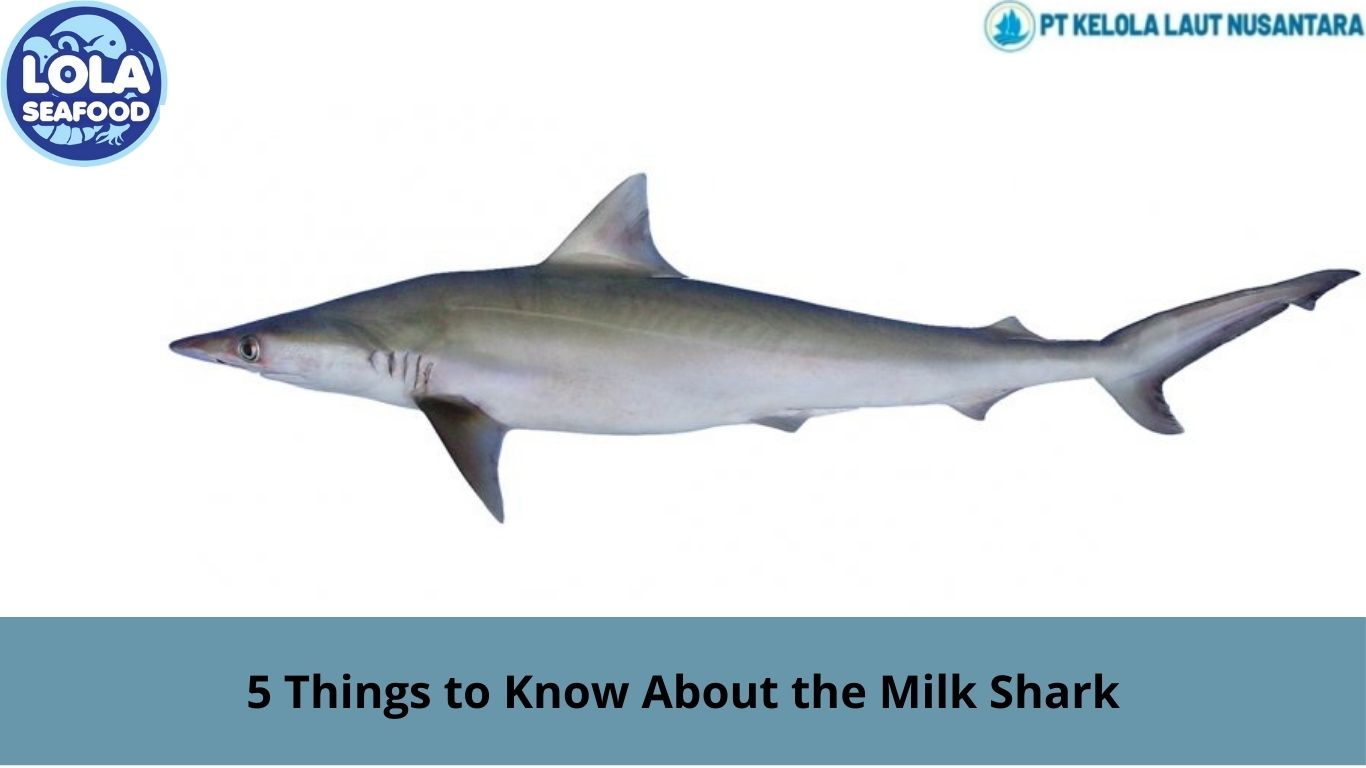5 Things to Know About the Milk Shark
By. Puji Widyastuti - 17 Feb 2025
Kelolalaut.com The Milk Shark (Rhizoprionodon acutus) is a small, sleek shark commonly found in warm coastal waters. Though not as famous as great white sharks or hammerheads, this species plays an important role in marine ecosystems. Here are five key things to know about the Milk Shark.
1. Widespread Distribution
The Milk Shark is found in tropical and subtropical waters across the Indo-Pacific region, including the coasts of India, Southeast Asia, the Middle East, and East Africa. It primarily inhabits shallow waters near continental shelves, estuaries, and coastal areas. This preference for nearshore habitats makes it a species of interest for fisheries in many parts of the world.
2. Small and Slender Body
Unlike larger, more intimidating shark species, the Milk Shark is relatively small. It typically grows to about 1.1 meters (3.6 feet) in length, with some individuals reaching up to 1.75 meters (5.7 feet). It has a streamlined body with a greyish-brown dorsal side and a paler, almost white ventral side, which helps it blend into the ocean from different angles—a natural camouflage strategy called countershading.
3. Diet and Hunting Behaviour
The Milk Shark is a carnivorous predator that feeds primarily on small fish, squid, and crustaceans. It is an opportunistic feeder, meaning it will eat whatever is most available in its habitat. Despite its relatively small size, it is a fast and agile hunter, using its sharp teeth to catch and consume prey efficiently. This diet makes it an important part of the food chain, helping to regulate populations of smaller marine organisms.
4. Reproduction and Fast Growth Rate
One of the most interesting aspects of the Milk Shark is its reproductive strategy. It is a viviparous species, meaning females give birth to live young rather than laying eggs. A single litter can contain up to 10 pups, with gestation lasting about 6 to 11 months. These sharks grow relatively quickly, reaching maturity in just a few years. Their fast reproductive rate helps sustain their populations despite fishing pressures.
5. Significance in Fisheries and Conservation Concerns
Milk Sharks are commonly caught in commercial and artisanal fisheries, especially in regions like India, Pakistan, and the Persian Gulf. They are primarily harvested for their meat, fins, and liver oil. However, due to high fishing pressure and habitat degradation, populations in some areas have shown signs of decline. Although they are currently classified as "Least Concern" by the IUCN, continued monitoring is necessary to ensure sustainable fishing practices.
The Milk Shark may not be as well-known as some of its larger relatives, but it is a fascinating species with a crucial role in marine ecosystems. Its adaptability, reproductive efficiency, and presence in fisheries make it an important species to study and protect. Understanding more about this shark can help promote sustainable conservation efforts and maintain balanced oceanic environments.
If youre interested in our Gummy Shark Fillet , Shark Belly , Shark Cartilage , Shark Fillet , Shark Flake please do not hesitate to contact us through email and/or whatsapp.








